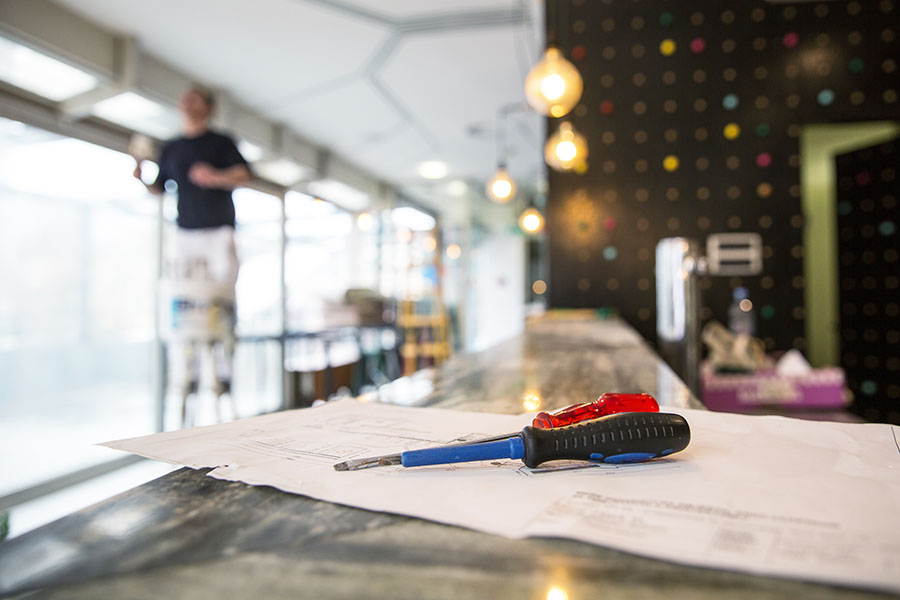52% of Restaurants Made a Capital Expenditure in Q2, and 54% Plan to Invest Over the Next Six Months
The National Restaurant Association’s numbers for June 2025 reveal little change in performance – meaning the industry is neither growing nor contracting – with a current situation index of 100.
Chad Muntree, senior vice president for research and chief economist for the National Restaurant Association, says three economic trends are key to the most recent figures:
1. The U.S. economy grew modestly in the second quarter.
2. The restaurant industry has been somewhat choppy, despite an “essentially neutral” performance index.
3. Rising costs remain top concerns for restaurateurs.
Modest Economic Growth
Muntree says economic growth during the second quarter of 2025 could be related to consumers stocking up on products ahead of expected tariffs. That said, restaurant sales continue to outperform most retail sectors in the United States.
Restaurant sales grew 0.6% in June compared to May numbers, and June restaurant sales are up 6.6% compared to the previous year – an increase 2.6% when adjusting for elevated menu prices. The numbers defy a decrease in traffic, with 42% of operators reporting lower traffic in June than in May.
Pizzerias historically experience a summer sales slump, though business tends to pick up once school – and football season – starts in the fall.
Meanwhile, 52% of restaurant operators report making a capital expenditure during the past three months, either for equipment, expansion or remodeling. More than half (54%) of restaurant operators are planning similar investments during the next six months.
Wage growth has increased by 3.9% over the past 12 months, and hiring numbers are up. Earlier this year, the National Restaurant Association reported the industry would add 490,000 jobs to cover the summer 2025 season, with pools, golf courses and other seasonal businesses ramping up for the summer.
Somewhat Choppy 2025
Restaurant operators’ traffic reports are mixed, according to Muntree, who says increased sales might be a result of higher prices rather than more guests dining out. He calls expectations “modestly positive,” adding that about 30% of restaurant executives expect sales to grow during the next 12 months, while 19% anticipate declines. More than half of restaurants expect their sales volumes to remain flat
Rising Costs and Economic Uncertainty
Despite unremarkable changes in the Restaurant Performance Index and a better position compared to traditional retail, restaurant operators have a negative view of the economy overall. Less than a quarter of operators believe economic conditions will improve in the second half of 2025. The economic outlook is down significantly from late 2025, when 45% of operators expected “better conditions in six months.”
Contributing to the gloomy outlook, “Inflation ticked higher in June,” according to Muntree. “Restaurant wages and wholesale good costs have both climbed at least 35%” compared to pre-pandemic levels.
Additionally, cost pressures are expected to continue climbing, now that the Aug. 1 tariff deadline has passed.
“Consumers are more cautious in their spending, focusing on value where possible,” Muntree says. “The good news is that consumers continue to prioritize restaurants, even as they pulled back in other categories.”



